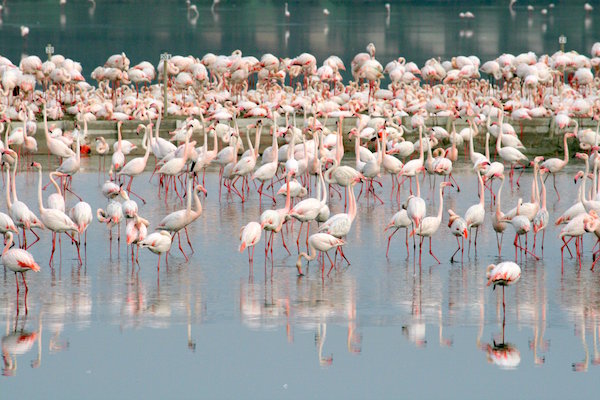Effects of the greater flamingo on microbial metacommunity in saline inland waters: Dispersal and guanotrophication
FLAMENCO project (CGL2010-15812) is supported by Ministerio de Ciencia e Innovación and EU-Feder funds.
The application of molecular techniques to analyze microbial communities in aquatic ecosystems has revealed their huge richness and diversity of phylo-phenetic “species”. The search for underlying mechanisms to explain the coexistence of so many bacterial “species” is promoting novel approaches such as those derived from macroecology. That is, microbial communities in inland waters are connected by dispersal making up a metacommunity. Currently, the dynamics of microbial metacommunities have not been well explored and the consequences for the short- and/or long- persistence of “species” is unknown. Waterbirds are effective dispersers of zooplankton and phytoplankton species, but their significance for aquatic bacteria remains practically unexplored. The general goal of this proposal is to determine the direct influence of the Greater flamingo (a species with well-known movement patterns in the Western Mediterranean area) as a dispersal vector of aquatic (non-pathogenic) bacteria among saline wetlands and their relevance in shaping the microbial metacommunity and gene flow as a whole.
The concomitant effect of guanotrophication, due to the extremely high concentration of flamingos during breeding in the colonies, will also be assessed to be able to discriminate the relative importance of both processes (dispersal vs. guanotrophication) in shaping microbial communities.

